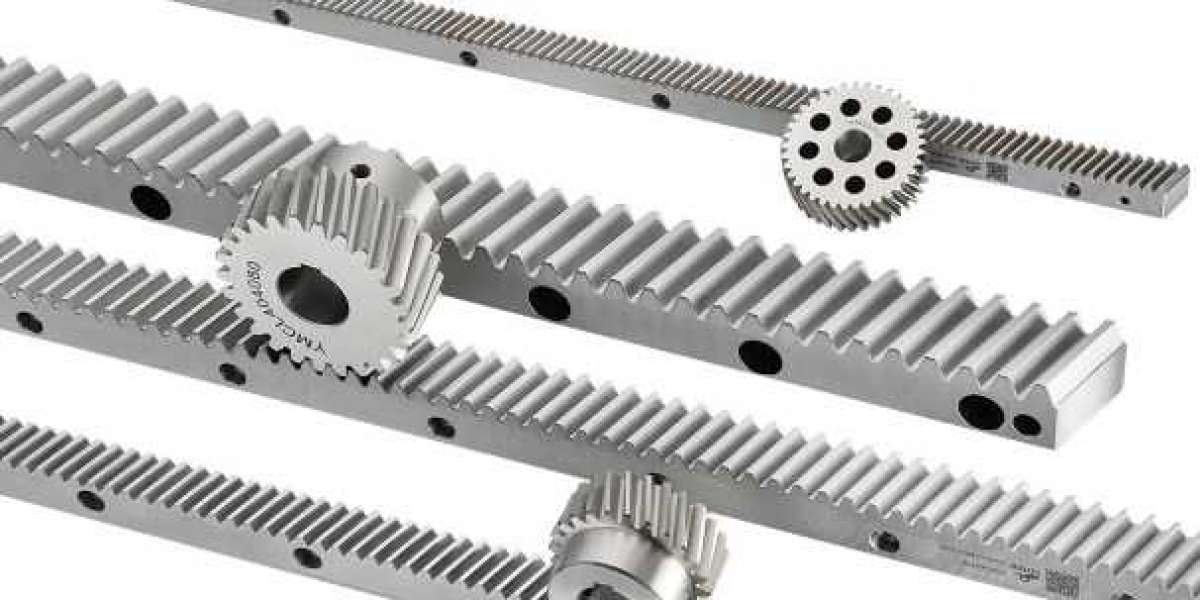Evaluating the load capacity of a Straight Gear Rack is fundamental to ensuring its reliable performance in mechanical systems where linear motion and power transmission are involved. The load capacity determines how much force the gear rack can safely withstand without experiencing excessive wear, deformation, or failure. Assessing this parameter accurately requires an understanding of the gear rack’s material properties, geometry, operating conditions, and the nature of the applied loads.
The first aspect of evaluating load capacity involves analyzing the material strength of the Straight Gear Rack. Typically made from high-strength steel alloys, the gear rack must possess adequate tensile and yield strength to handle the stresses generated during operation. Heat treatment processes such as carburizing or nitriding improve surface hardness, enhancing resistance to contact fatigue and pitting. Material specifications are critical because they define the maximum stresses the gear teeth can endure before permanent damage occurs.
The geometric design of the teeth also influences load capacity. Key parameters include the module or pitch, tooth depth, face width, and pressure angle. Larger modules and greater face widths generally increase the contact area between the rack and pinion, distributing forces more evenly and allowing higher loads. The pressure angle affects the direction and magnitude of forces transmitted through the teeth, impacting bending stresses at the tooth root. Accurate calculation of these stresses using gear design formulas helps predict the maximum load the teeth can sustain.
Operating conditions such as speed, lubrication, and environmental factors also affect load capacity. Higher speeds can introduce dynamic loads and vibrations that amplify stresses, while poor lubrication increases friction and wear, reducing the effective load-bearing capability. Environmental elements like temperature and contamination may degrade material properties or cause surface damage, further influencing load limits.
To assess the load capacity comprehensively, engineers often perform finite element analysis (FEA) simulations to model stress distribution within the Straight Gear Rack under expected load scenarios. FEA provides detailed insights into critical stress points, deformation patterns, and potential failure zones. This allows optimization of the gear rack design before manufacturing, improving safety margins and performance.
Standards and empirical formulas from gear design handbooks provide baseline calculations for bending strength and contact fatigue limits, which serve as reference points in load capacity evaluation. These calculations consider the combined effects of bending stress at the tooth root and contact pressure on the tooth surface. Safety factors are applied to accommodate uncertainties in material properties, manufacturing tolerances, and operating conditions.
In addition to theoretical evaluation, physical testing under controlled loads is conducted to verify the Straight Gear Rack’s performance. Load testing can involve static and dynamic methods to observe deflection, wear, noise, and heat generation under increasing forces. These tests validate design assumptions and ensure the gear rack meets required load specifications in real-world applications.
In conclusion, evaluating the load capacity of a Straight Gear Rack involves a multidisciplinary approach that combines material science, mechanical design, simulation, and experimental validation. Understanding these factors enables the development of gear racks capable of withstanding demanding operational loads while maintaining precision and durability.
Straight Gear Rack Technical Requirements
Quality Grade: DIN 6
Material: S45C/42CrMo
Tooth profile: straight teeth
Hardness treatment: high frequency quenching HRC48-52/ HRC50-55°
Production process: Ground on all sides after hardening








